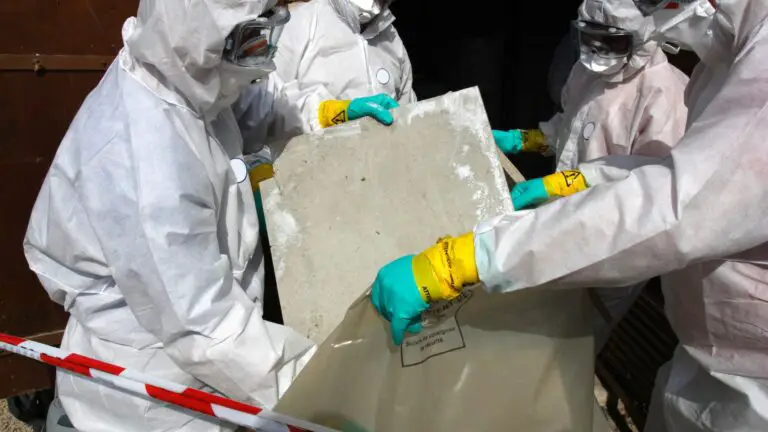Emergency Measures Underway to Address Crumbling Concrete Concerns in Public Buildings
Serious concerns are growing about the structural integrity of public buildings in England due to deteriorating reinforced autoclaved aerated concrete (RAAC), raising fears of potential risks to safety. The issue at hand involves school buildings, hospitals, and other public structures that could potentially be compromised due to the weakening condition of the concrete.
The problematic situation has prompted emergency actions to address the potential risks associated with crumbling concrete. Structures such as council buildings, police stations, leisure centers, and offices are also suspected to contain this concerning material. This problem is exacerbated by the fact that the deteriorating RAAC could potentially release dangerous asbestos fibers, which have been linked to causing serious health issues, including fatal conditions like mesothelioma, asbestosis, and lung cancer.
The presence of both RAAC and asbestos in these buildings is not a new phenomenon. Both materials were widely used during the postwar construction boom, making them prevalent in many older structures. While asbestos is relatively safe when undisturbed, any damage to the material can lead to the release of hazardous fibers, posing a grave threat to occupants’ health.
The potential dangers associated with crumbling concrete and asbestos have raised significant concerns from experts. Matt Byatt, the president of the Institution of Structural Engineers, emphasized the urgency of the situation by stating, “There are two real risk-to-life elements to this: if RAAC collapses it puts life at risk in an instantaneous manner; and asbestos can be deadly if it’s inhaled. These are not lightweight issues — they are very serious, and they should be treated as such.”
The scope of the issue is broad, affecting various sectors. Notably, dozens of school buildings have been identified as having concrete susceptible to crumbling, leading to partial or complete closures. This has forced some students to resort to online learning or makeshift classrooms, disrupting their education. Public buildings such as hospitals are not exempt either, with numerous NHS sites facing the threat of structural failure due to deteriorating concrete.
The gravity of the situation has prompted calls for more proactive measures. The Labour party has demanded an audit of all public sector buildings to assess the extent of the problem. Moreover, experts emphasize the need for immediate attention to prevent further deterioration and potential catastrophic collapses. As concerns grow, it becomes evident that addressing these challenges requires a concerted effort from authorities to ensure the safety and well-being of those who utilize these buildings.

